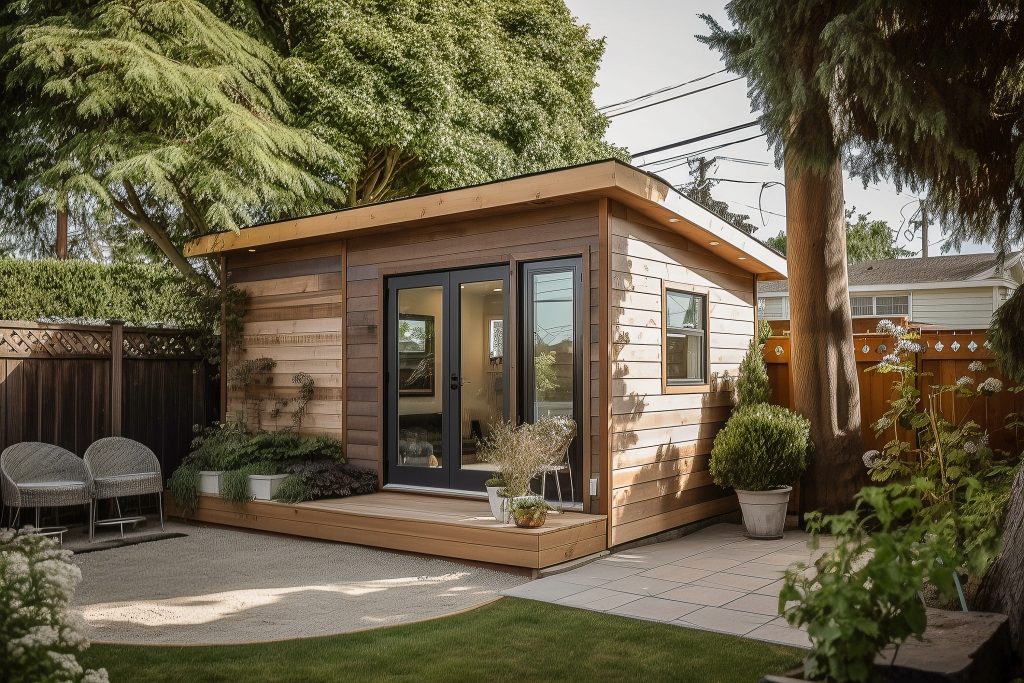
2023 Accessory Dwelling Unit Laws
Jan 08, 2024On October 11, 2023, Governor Gavin Newsom signed Assembly Bills (“AB”) 976, 1033, and 1332 into law. All three bills are effective January 1, 2024, and affect how cities and counties may regulate accessory dwelling units (ADUs).
- AB 976 removes the sunset provision that would have stopped cities and counties from imposing owner-occupancy requirements on ADUs by 2025.
- AB 1033 authorizes cities and counties to adopt an ordinance permitting ADUs to be sold separately from the primary dwelling as a condominium; and
- AB 1033 requires cities and counties to develop a program by January 1, 2025, to post on their websites pre-approved ADU plans.
AB 976: Ban on Owner-Occupancy Requirements for ADUs
Existing state law prohibits cities and counties from adopting ordinances imposing owner-occupancy requirements on ADUs. That provision was set to sunset on January 1, 2025. AB 976 removes the sunset provision. AB 976 also clarifies that cities and counties may require that ADUs be rented for 30 days or longer, as opposed to longer than 30 days.
AB 1033: Selling an ADU Separately from a Primary Dwelling
AB 1033 permits cities and counties to adopt an ordinance authorizing ADUs to be sold separately from a primary dwelling as a condominium under the Davis-Stirling Common Interest Development Act if they meet the following criteria:
- The condominium must conform with all applicable objective requirements of the Subdivision Map Act and the local subdivision ordinance.
- Before recording the condominium map, a safety inspection of the ADU must be conducted and the city or county must issue a certificate of occupancy from the local agency or a United States Department of Housing and Urban Development certified building inspector must issue a quality standards report.
- The county recorder must record each lienholder’s consent before the condominium and subdivision map are recorded.
- Local agencies must include a notice to consumers that each lienholder’s consent must be recorded in any ADU submittal checklist, building permit approval, subdivision and condominium map approval, or other information describing the requirements and approval process for an ADU.
- If an ADU is established as a condominium, the local government must require the homeowner to notify utilities that the condominium was created and conveyed.
An ADU cannot be recorded as a condominium if it already exists within homeowners association, unless the homeowners’ association board grants its approval at a meeting.
AB 1033 also grants local agencies, special districts, and water corporations the ability to require applicants seeking to sell an ADU as a condominium install a new or separate utility connection directly between the ADU and the utility or impose a related connection fee or capacity charge when the ADU is sold separately from the primary dwelling.
The only other time when an ADU can be sold separately from a primary dwelling is under Government Code § 65852.26, when the ADU was developed by a qualified nonprofit.
AB 1332: Pre-Approved ADU Plans
AB 1332 requires cities and counties to post on its website pre-approved ADU plans and accept them as applications by January 1, 2025.
Cities and counties must accept applications to build pre-approved ADUs from anyone who submits one and the plans must be reviewed within 30 days, unlike the 60 day deadline for privately-designed plans. The same standards for review of ADUs apply to pre-approved ADU plans.
Cities and counties can charge applicants who use pre-approved plans the same permitting fees as applicants who submit their own plans for an ADU.
The pre-approved plans can be developed by an applicant or they may be developed and approved by another city or county or state agency. If the pre-approved plans are developed by an applicant, the city or county must post the contact information of the party who submitted the plans. The city or county must take down these pre-approved plans within 30 days of receiving a takedown request from the party that submitted the plans.


